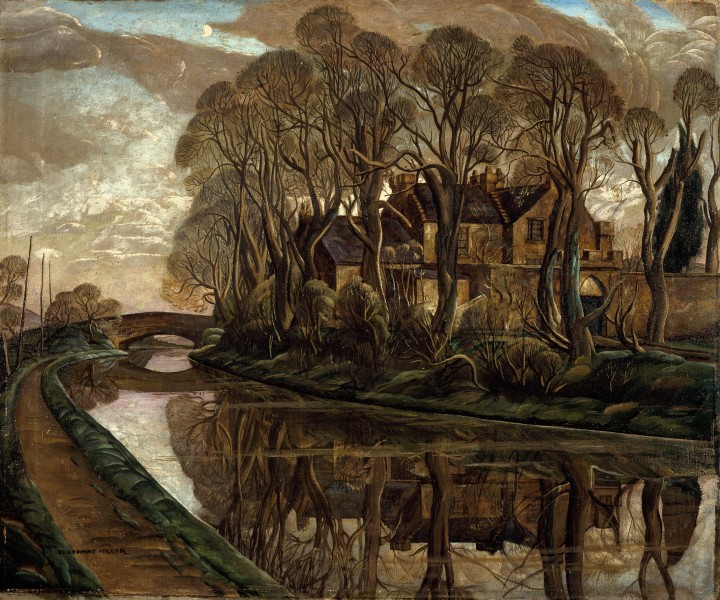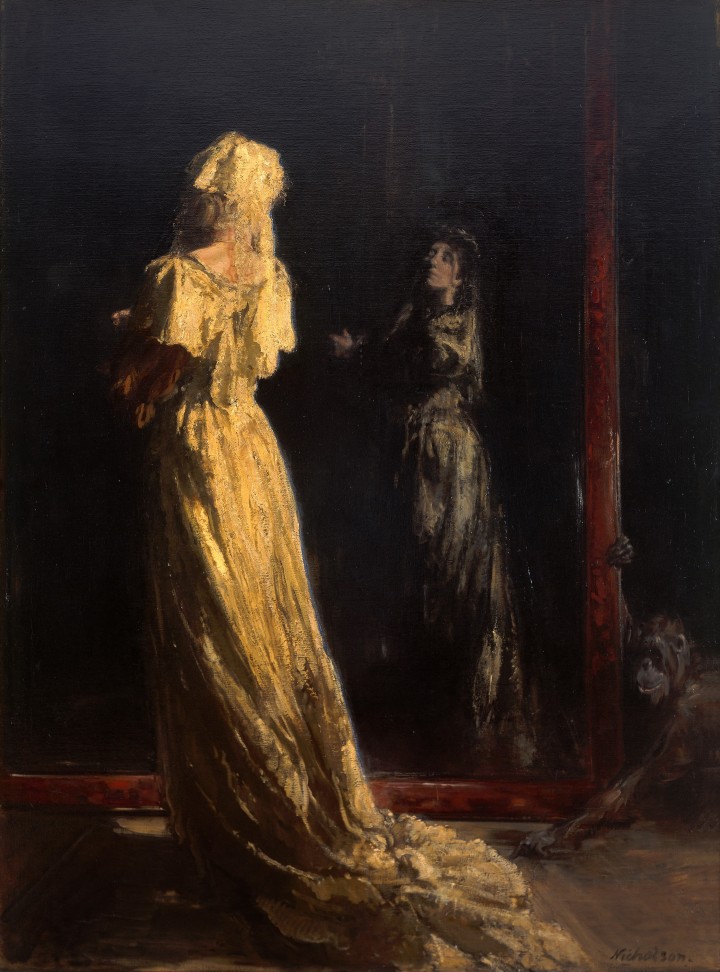Scottish Art News
Latest news
Magazine
News & Press
Publications
National Treasure: The Scottish Modern Arts Association
By Susan Mansfield, 31.05.2022
.jpg)
In 1907, in Edinburgh, a group of artists and art lovers hatched a plot to put Scotland on the art world’s map. There was no national collection of contemporary art at the time, and the National Gallery did not (on principle) acquire work by living artists. Scotland’s art was little represented in UK collections, and little known further afield. The Scottish Modern Arts Association (SMAA) hoped to change all this by establishing a collection of modern Scottish art for the nation.
They got to work right away, raising money to buy work by artists such as S J Peploe and E A Hornel (the early Peploe was a bargain at £15, thought by RSA audiences in 1907 to be dangerously modern). By the following year they were exhibiting, and in the years to come would send work to London, the Netherlands and even Australia, organise touring exhibitions and facilitate a battery of loans.
When they disbanded in the early 1960s, their collection of over 300 works passed to the City of Edinburgh and this exhibition draws on that treasure trove to tell their story. The early 20th century is particularly strong: the Glasgow Boys and Colourists, William McTaggart, the Celtic revivalists, superb works by Bessie MacNicol and Katherine Cameron (unusually for the time, they bought significant works by women). Highlights of recent City Art Centre shows reappear here: two Venice paintings by Charles Hodge Mackie, Lorimer’s Flight of the Swallows (both SMAA founder members).
 Josephine Haswell Miller, The House on the Canal, c.1935. © the artist. City Art Centre, Museums & Galleries Edinburgh.
Josephine Haswell Miller, The House on the Canal, c.1935. © the artist. City Art Centre, Museums & Galleries Edinburgh.
However, much as they claimed to embrace modernity, the Association remained broadly traditional in its tastes. In the 1920s, they were continuing to look backward, sniffily disapproving of Cubism and Surrealism. They didn’t buy the work of Scots who were experimenting with the avant-garde.
Furthermore, raising funds remained a constant challenge and they often acquired works as gifts and bequests rather than purchases. For decades, they pursued plans for a gallery - a remodelling of the Royal High School on Calton Hill was considered in the 1930s - but efforts came to nothing.
Nonetheless, they owned some remarkable things, not only stellar Cadells and McTaggarts, but works like James Cadenhead’s ambitious early painting, Lady with Japanese Fan and Goldfish; a First World War painting by David Young Cameron, embedded as a war artist with the Canadian Expeditionary Force; Fra Newbery’s Daydreams; William Nicholson’s spooky The Black Mirror. And there are discoveries to be made here by names we know little today: Ancell Stronach, Philip Connard, Perpetua Pope, Josephine Haswell Miller.
 William Nicholson, The Black Mirror, before 1917. City Art Centre, Museums & Galleries Edinburgh.
William Nicholson, The Black Mirror, before 1917. City Art Centre, Museums & Galleries Edinburgh.
In the Association’s final years, and despite struggling for cash, they acquired works by Earl Haig, Anne Redpath, William Gillies and Joan Eardley; not their most experimental works, perhaps, but key works nonetheless. And their contention - that Scotland both needed and deserved to be recognised for its artistic achievements - feels well ahead of its time, and can’t be faulted.




